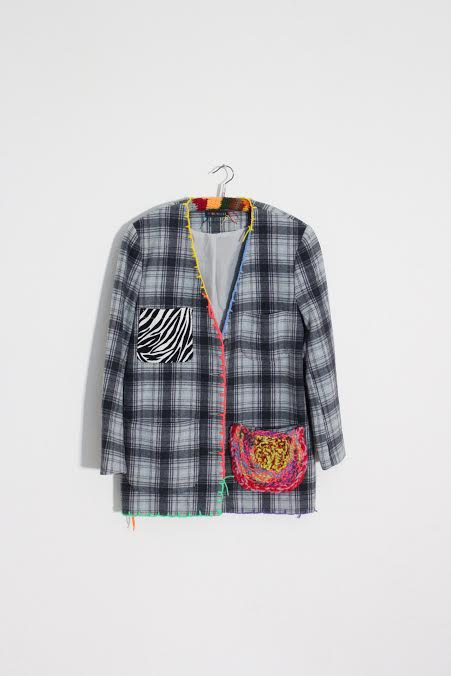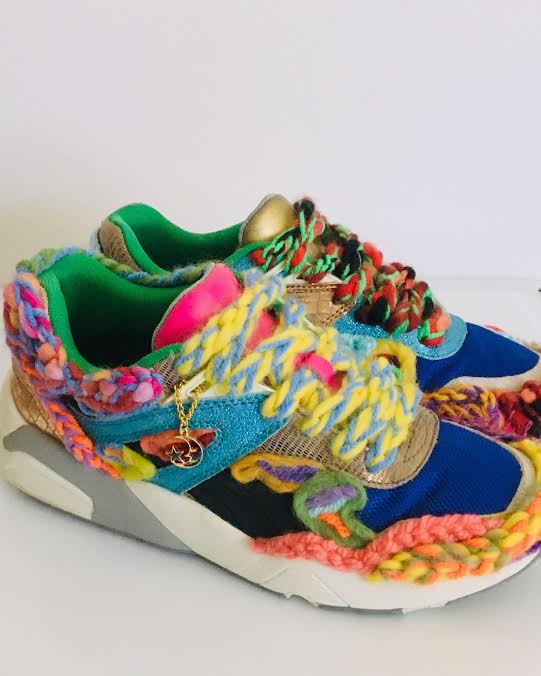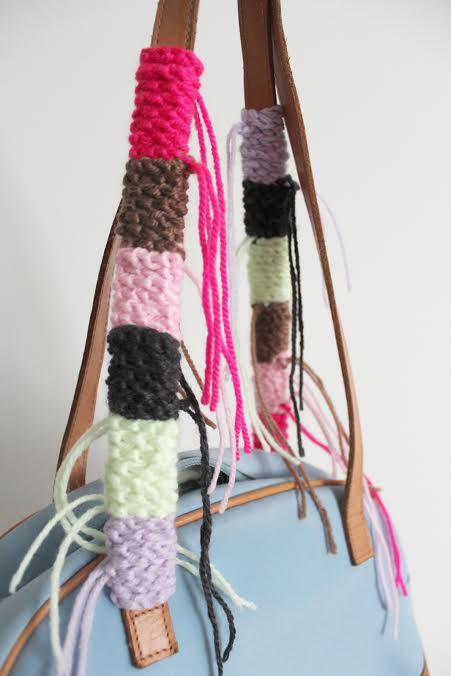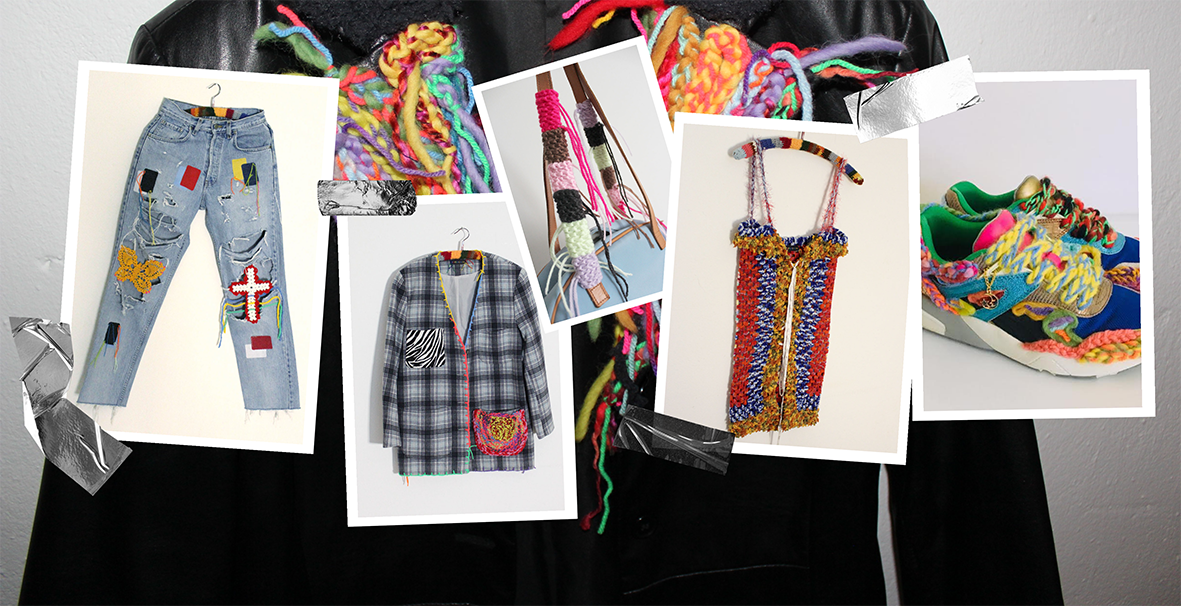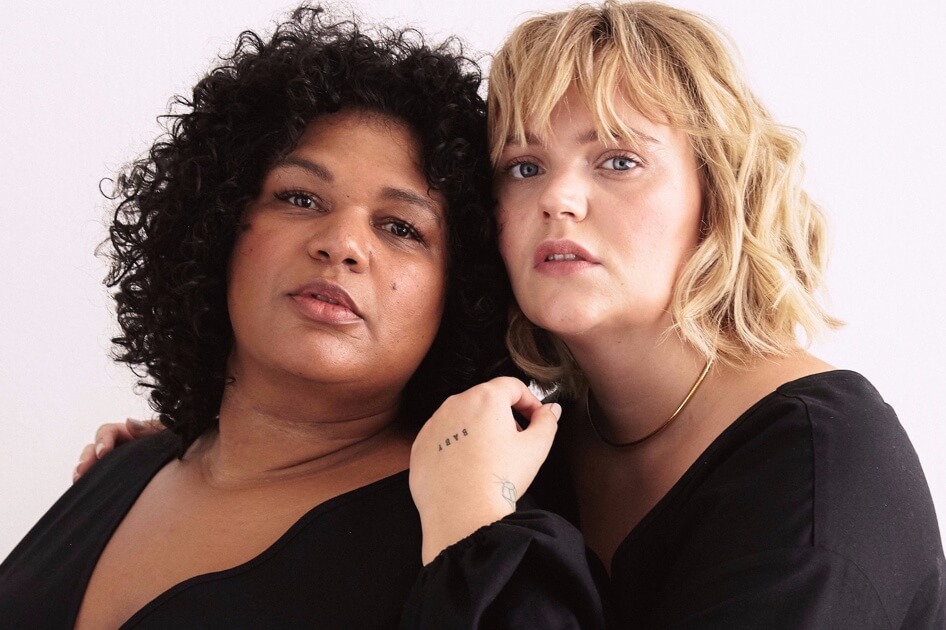Growing up in the planned market economy of the GDR, we were born into families that had limited resources. However, our grandparents held esteemed positions, giving us a slight advantage. Fashion disparities existed regardless of income, with coveted items like denim pants rarely available in local shops. To obtain such treasures, we relied on family from the western part of the country or embraced our own resourcefulness. Crafting wasn’t a trend but a necessity. When the great wall fell, our mindset didn’t change overnight. Though we didn’t learn sewing or knitting in school like our moms, occasional weekends at our grandparents’ taught us the basics. Despite our limited knowledge, we embraced upcycling with even greater creativity. This is where our strength lies – finding our own way with what we know.
Additionally to [part 1] let us share some bits of wisdom I’ve learned over the years!
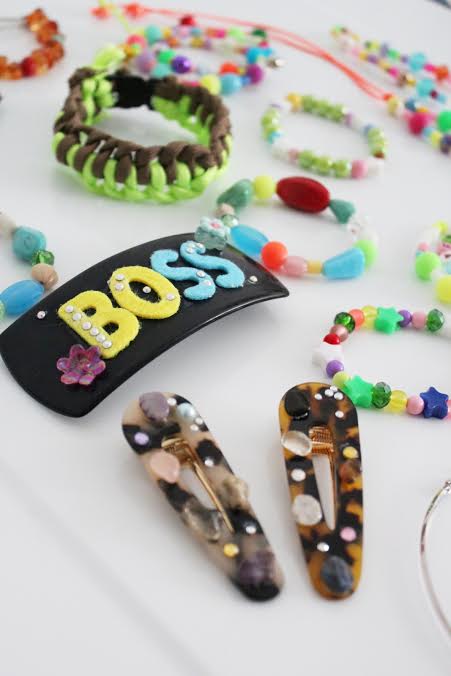
1.) Unlearn and conquer
Reject the notion that new fast fashion is cleaner than second-hand clothes. Educate yourself about unethical production and its immorality. Once you truly grasp the facts, those clothes will appear unappealing. This sets the stage for the next step.
2.) Recognize endless resources
Stepping out of our comfort zones may not be easy, but it opens up a world of materials waiting to be discovered. From discarded items on the streets to overflowing clothing containers and free boxes left by neighbors, we see potential where others don’t. Cast aside any concern of being judged and embrace the fact that waste is a sign of wealth. It’s our responsibility to challenge societal norms.
3.) Deconstruct to reconstruct
Upcycling goes beyond following YouTube tutorials or purchasing new materials. It’s about utilizing every component of worn-out clothes. Collect buttons, zippers, pockets, and more, as these items can be expensive when bought separately. Even if upcycling isn’t your primary focus, deconstructing alone can be profitable. You’d be surprised by how easily these items sell in bundles on platforms like eBay.
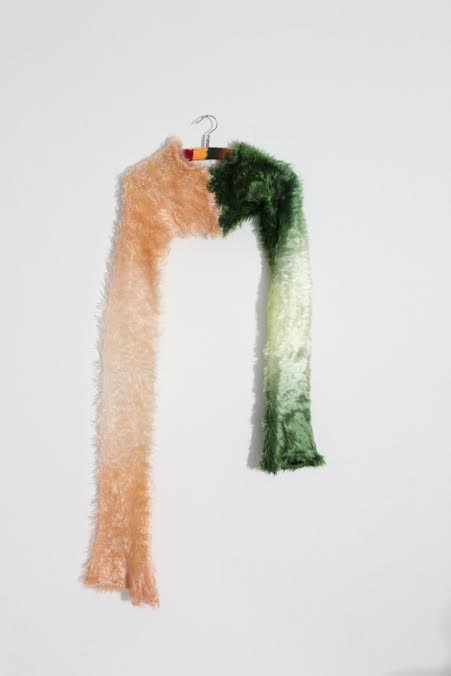
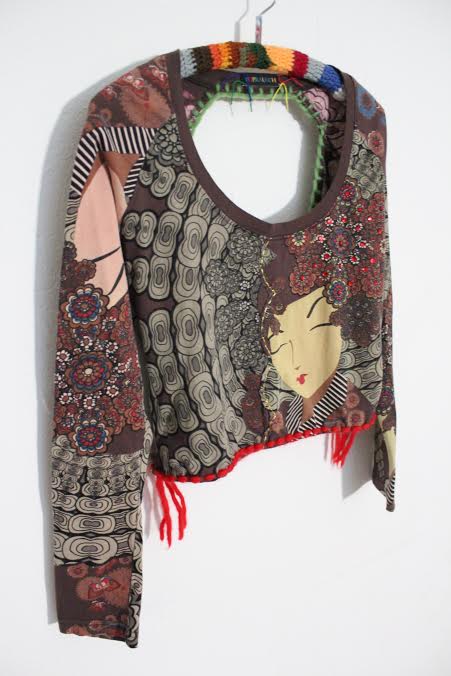
4.) Twist and reimagine
To breathe new life into old pieces, think outside the box and view them with fresh eyes. Imagine you’re an alien unfamiliar with their intended purpose. Wear a skirt as a dress, turn a jacket inside out, or transform yoga pants into a crop top. Let your creativity flow and remember, upcycling is serious yet inspiring.
5.) Seek inspiration
Creativity can wane over time, even when we stay curious about others’ work. When feeling tired of adopting someone else’s ideas, consider creating for those you admire. Ask yourself what they would like, what would suit them, or what would bring a smile to their face. These questions lead to new thoughts and ideas.
6.) Outsource what you can’t do
Not all of us possess the skills of professional designers or tailors. Platforms like eBay and Etsy can connect us with individuals across the country who can assist. Buying pre-cut fabrics, buttons, pockets, and other materials from private sellers supports real people instead of corporations. Additionally, searching for terms like ‘selfmade’ or ‘handcrafted’ uncovers unique items that can be repurposed. Recently, we stumbled upon stitched gobelin wall art pictures that could be amazing back pieces for denim jackets.
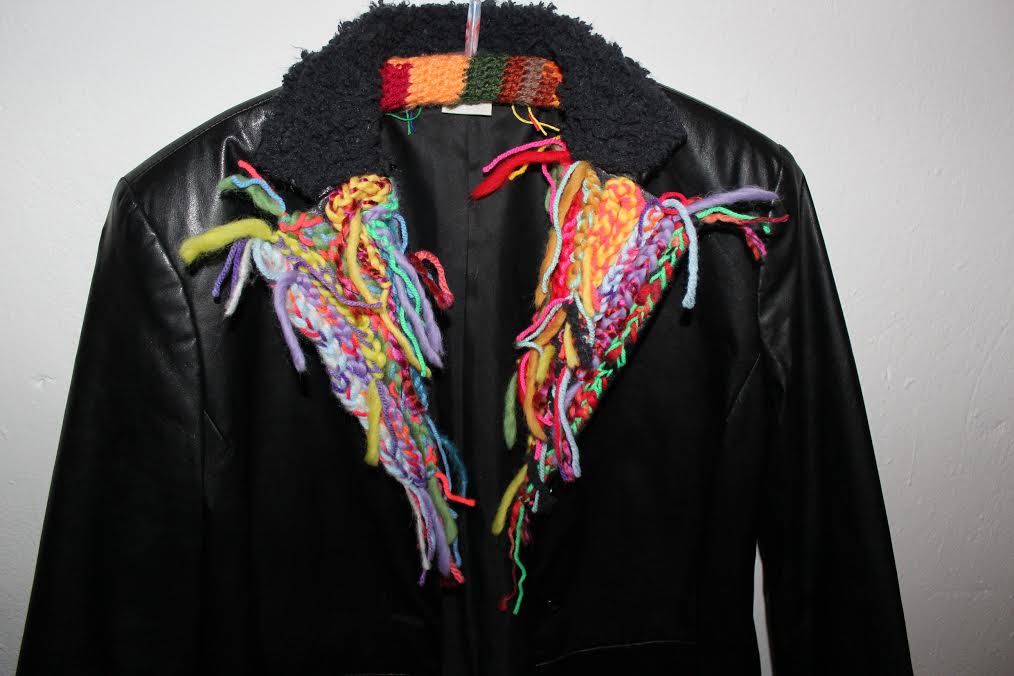
7.) Embrace silliness and boldness
Take advantage of the freedom that comes with upcycling! Consider the playful designs of Jean Charles de Castelbajac or Virgil Abloh’s stuffed animal clothing. Embrace the joy of being different.
8.) Find your niche
Not everyone possesses the same skills, and that’s perfectly fine. Embrace your imperfections and discover what makes you unique. Experiment with various techniques until you find your own specialty. Whether distressing denim, patching clothes, or adding lace trim to shirts, become an expert in your chosen craft.
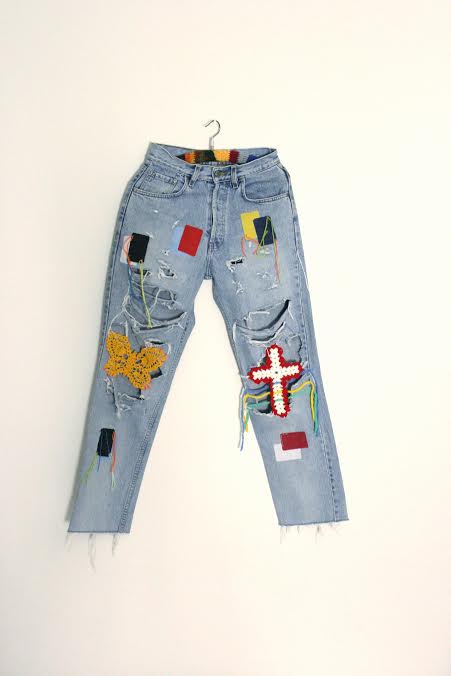
7.) Be silly and bold
Use all the freedom that comes with the creative process of upcycling! Think of the stuffed animal clothing designs of Jean Charles de Castelbajac or Virgil Abloh… Those are totally silly and that’s what makes them so awesome. Be different!
8.) Find your thing
I don’t know how to use a sewing machine and my hand stitching is not perfectly even. So, I decided to own my imperfections and make it my thing to use the biggest needle I could find, sew with wool, and let strings hang loose. It actually looks like a children’s crafting and I absolutely love it that way. Wool became my thing and I kind of created a very personal, visual language along the way after trying out this and that. Your thing might be distressing denim, or patching clothes, or putting lace trim on shirts, or… I really encourage you to try stuff out until you find your very own thing and become an expert in whatever that is! Not everybody has to do everything.
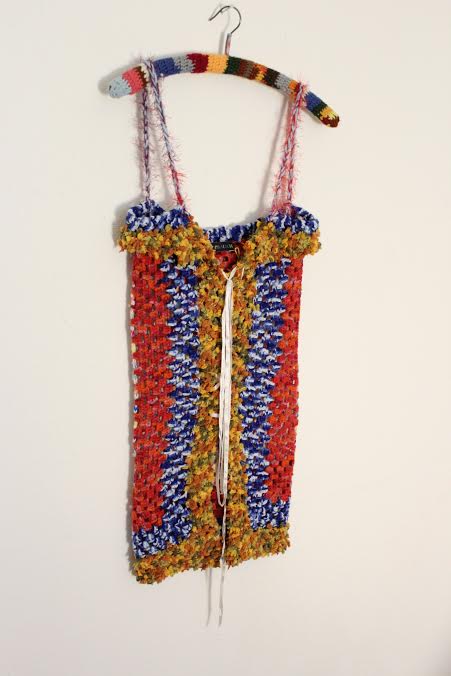

9.) Allow room to breathe
Sometimes, our own ideas and high standards can be discouraging. The process of upcycling requires patience and time, and it may feel like we’ll never complete our projects. During those moments, it’s essential to remember that upcycled fashion is slow fashion, and we set our own timelines. If frustration sets in, put the project aside and engage in something else. Working on multiple projects simultaneously allows for breathing space and fresh ideas to emerge. Add a little here, fix something there, and never rush or force things. Patience is key.
10.) Foster a community
As we learn and share our upcycling journey, we attract interested individuals. When fueled by passion, we’ll witness that passion coming back to us. The beauty of upcycling lies in how it excites and engages others, even those who may not be crafters themselves. They offer support by sharing pictures of our work, giving us their old clothes, or providing inspiration. These friends become part of our own community, and it’s important to express gratitude and reciprocate their kindness whenever possible. Only through collective efforts can real change happen.
